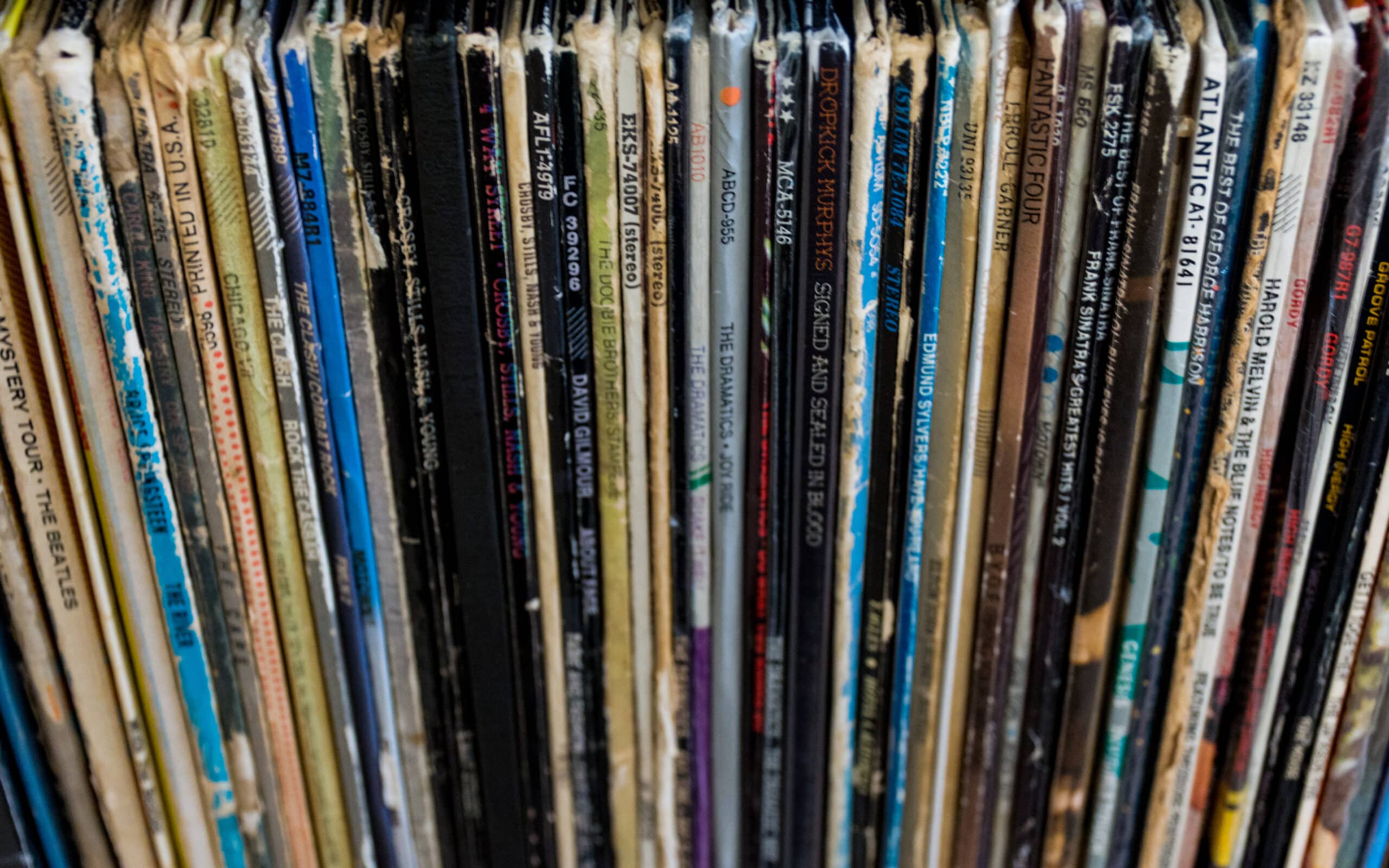
We’ve already talked about sampling and now it’s time to discuss sample clearance. From our previous entry, you already know that the first concept refers to a derivative creative work that consists of separating a part of an existing sound and incorporating it into a new song. In terms of using music legally, and everything else related to copyright, you, as an emerging artist, should know what sample clearance is and in which cases you require it. This is what this entry is all about.
Sample Clearance: the Basics
Sample clearance is the process of getting permission from the owners of the sampled music. As you might as well know already, if you don’t obtain said permission, there are consequences. Such consequences include lawsuits for damages after having used someone else’s property. Of course you want to avoid those risks: even when you have creative freedom and, legally, there’s such a thing as fair use, you still must know how to be the most respectful when getting inspiration from another’s work. Good news is that the sample clearance process can be very easy to obtain (although it depends on both the music and the artists involved).
Just to be sure, here’s a list of moments in which you require sample clearance.
Do I Need Sample Clearance?
Overall, you definitely need sample clearance when you’re aiming at making copies of your music and distributing it publically. If you’re only sharing this music with a private and close group of friends—then there’s little to nothing to worry about. The same happens if you only sample your music at home and when you’re performing in a place that has already paid their due fees. (Some people would argue that fair use avoids sample clearance, but we don’t necessarily agree.) The issue at hand involves you wanting to use your derivative creation for monetary gain.
And If I Don’t Get it?
Well, if you don’t get sample clearance, then you’re in trouble. At the very least, you’re being disrespectful with another creator. In a much more complicated tune, you might be accused of infringing copyright agreement (and, if you’re not careful, you’ll be accused with good reason). This is not the correct way of starting your music marketing journey. The right thing to do is to get the necessary permission whenever you’re sampling.
However, given that this information is for emerging artists mostly, we can provide some information as to reduce risks. To begin with, in very practical terms, the risks of not getting it reduce when you sell your material only at shows and you don’t make more than one thousand copies. The logic is that, in this fashion, it’s less likely that the rightful owner of the tune you sampled will find out that you did. Other ways of reducing the risks are making the sample as unrecognizable. Additionally, you can “bury” the sample within your mix. A very obvious instance is to avoid referring to the title of the source music in the title of your song.
Tricky Territory: a Conclusion on Sample Clearance
As the risk reduction examples demonstrate, it’s very risky to avoid obtaining sample clearance. Of course, there are times in which you cannot get a hold of the owner or you cannot afford a license, especially when you’re just beginning your career. Regardless, as our previous paragraph shows, “avoiding the risks” is very similar to hiding and concealing information. So, once again, we urge you to be as respectful as possible in this industry.
